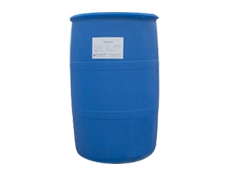Surfactants are widely used in engineering because of their special properties, such as permeability, antistatic, wettability, solubilization and so on. The application of surfactants can also be seen everywhere in people's daily work and life.

With the development of science and technology and the increasing requirements of various industries for engineering materials, coupled with the emergence and application of various cutting-edge technologies, the market demand for high-performance and high value-added materials is increasing, and engineering materials have attracted more and more attention. In the innovation and application of new technology, new process and new method, surfactant has been applied to engineering materials. As an auxiliary additive, surfactant has obvious effect on material modification, and has also attracted people's attention and use.
At present, some inorganic salt powders obtained by chemical and electrolytic methods, such as sodium nitrate powder, tend to agglomerate during storage, which is not conducive to use. At present, the commonly used anti caking means at home and abroad is the use of surfactant, which has achieved good results. The molecular structural groups of surfactants have dual characteristics, one is hydrophilic group and the other is hydrophobic group. These dual characteristics have two basic functions in aqueous solution, one is micellization, and the other is to reduce and adsorb surface tension.
When a certain amount of surfactant is added to the inorganic salt crystallization solution, the surfactant can be adsorbed on the solid-liquid interface when the inorganic salt crystal nucleus appears, so as to form a layer of surfactant molecular film on the crystal nucleus, so as to prevent further agglomeration of inorganic salt powder. At the same time, the surfactant can reduce the surface tension of the solution and reduce the contact angle between solid and liquid, So as to weaken the particle adhesion and reduce the agglomeration phenomenon.